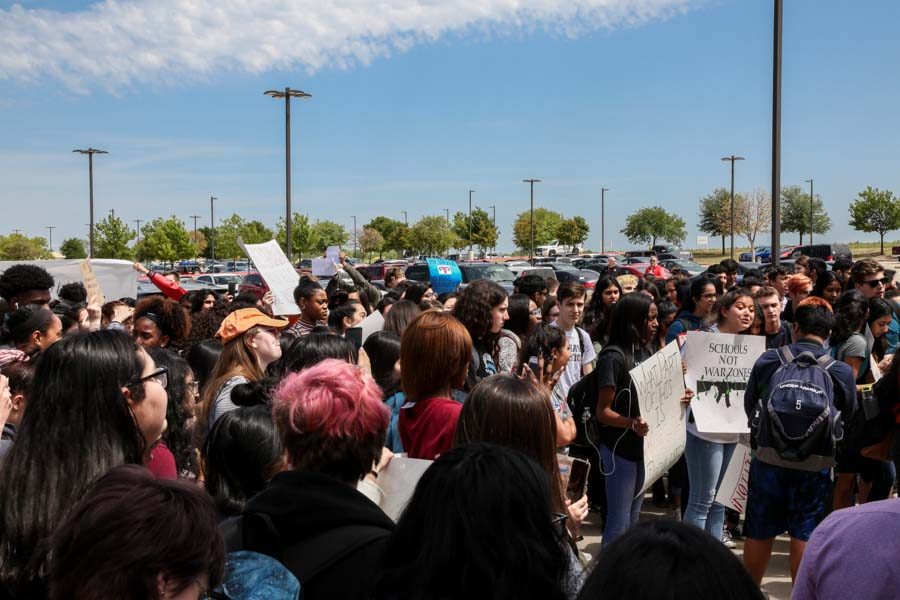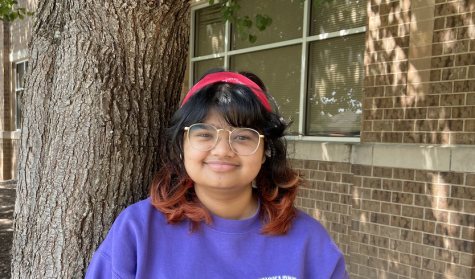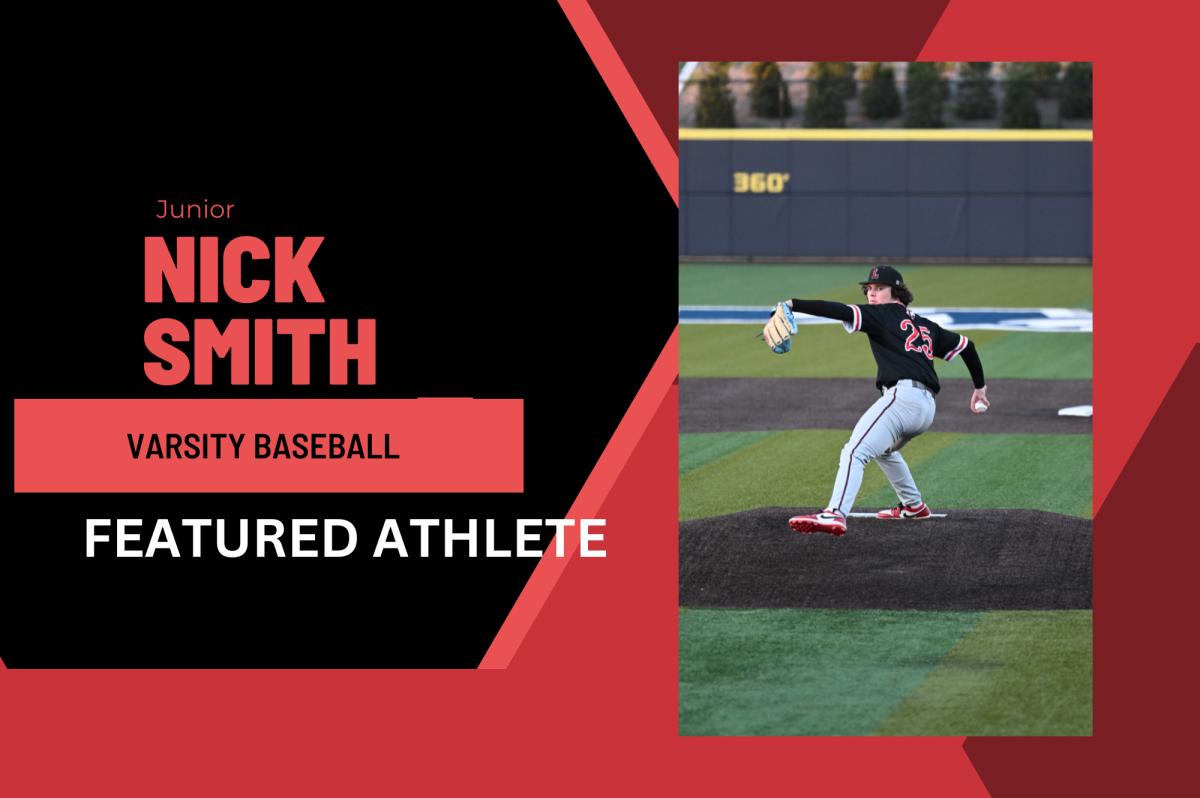The flip side to gun violence
Many students walked out during advisory on Friday, April 20, 2018 as a part of National School Walkout Day.
January 11, 2019
Neighborhood sidewalks are supposed to be painted with children’s colorful chalk drawings, not their blood.
But the blood splatters from the numerous shootings plaguing our country also paint a picture, the only issue is that none of us look at it for as long as we should. Another shooting, another headline, another protest.
Because right now, the conversation about gun control is frighteningly shallow. It hits on school shootings and mass shootings, and that’s about it.
And the truth is that usually, after a week or two, we’ll go back to not caring. This cycle of indifference has spun for decades, until Parkland. Until a group of brave students stood up to speak out louder than ever before, reaching Americans who hadn’t given much thought to gun control before.
Their heart wrenching cries echoed through televisions, car radios, viral Youtube videos, and social media posts. They were finally being heard, and for much longer than just a couple of weeks. They kept their movement going for months, organising national protests and walkouts, and even now, eight months after the horrific shooting, they stay in the spotlight. Because what finally sold this movement was the harrowingly personal accounts from these voices.
People saw their siblings, children, nieces and nephews in those killed. Social media had given these traumatised children a chance to give their full, unadulterated accounts of the tragedy. Conservative news sites couldn’t silence these kids, as much as they tried.
And so millions of Americans picked up neon poster boards, marched to the capitol, called their representatives, and so on and so forth. They were angry, hurt, and passionate.
But where were these protestors when Black Lives Matter rallied against gun violence? Where were they when the LGBTQ community marched for gun control?
In order to really make steps towards adequate gun reform, we must discuss and look closer at the other effects of gun violence. We need to delve deeper into what causes gun violence, an issue that has run rampant in our country for ages. We need to look at police brutality, and the shootings of unarmed minorities in this country. We need to look at the disproportionate rates of how gun violences effects minorities in America.
The sad truth is that while all men may have been created equal, all men have never been treated equal. And yes, we’ve made great progress on the road to freedom. But there is still a long way to go, and we can’t get there unless we acknowledge these troubles.
The Parkland students accomplished a great feat; they got people to care. Now we must piggy-back off of their success, bring in new voices with different experiences into the mix, and speak up for all of those affected by gun violence. For all of the Trayvon Martins, the Antwon Roses, and the Emmett Tills.
Because after all, were they not children too?








